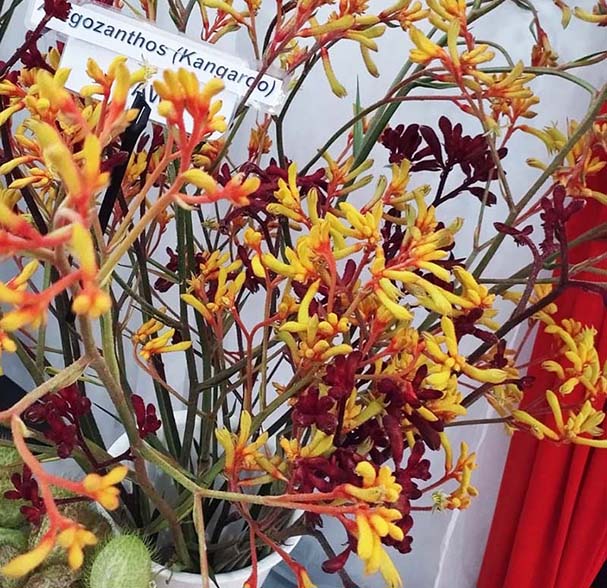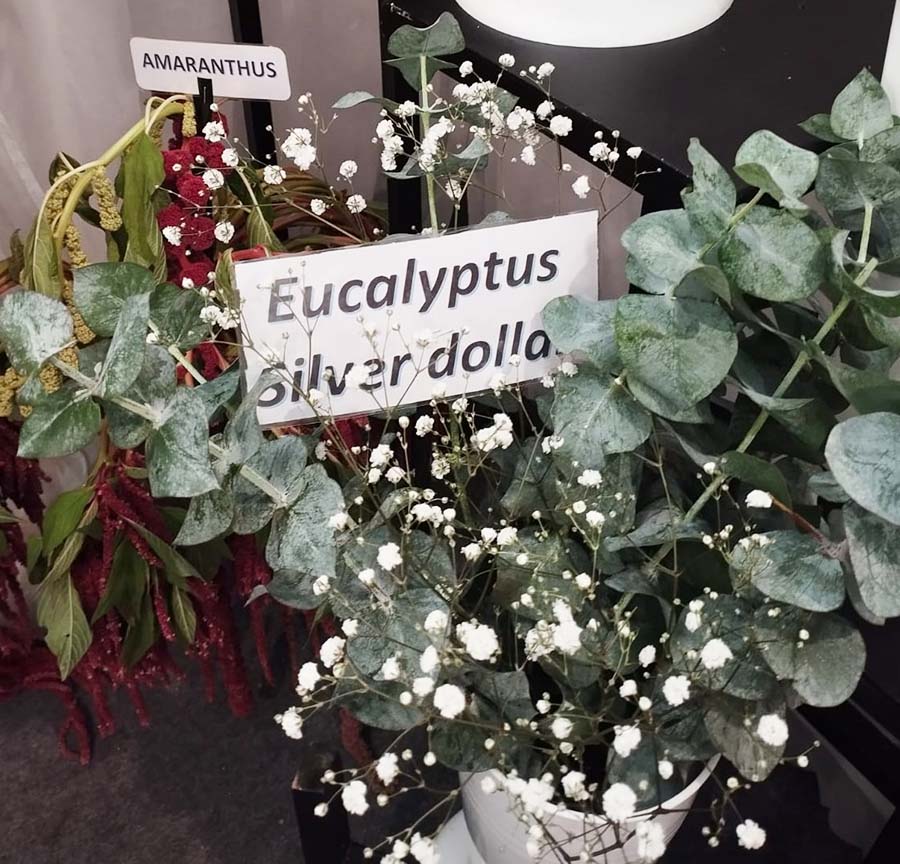Bʏ Mᴀʀʏ Mᴡᴇɴᴅᴇ
November 06, 2025
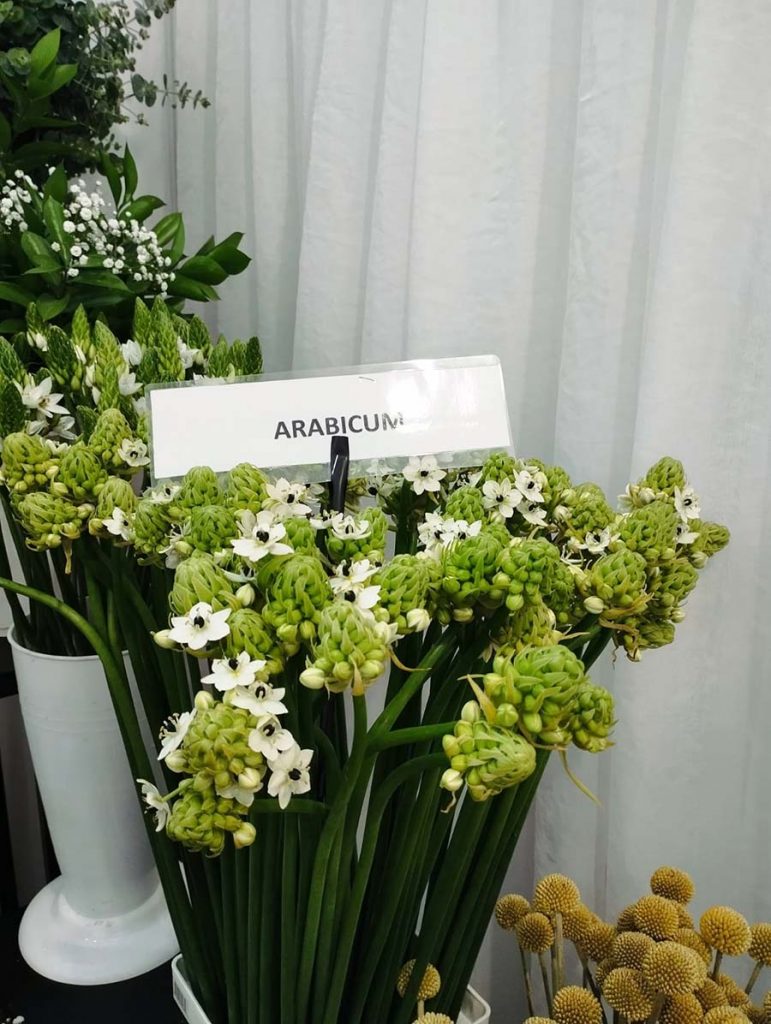
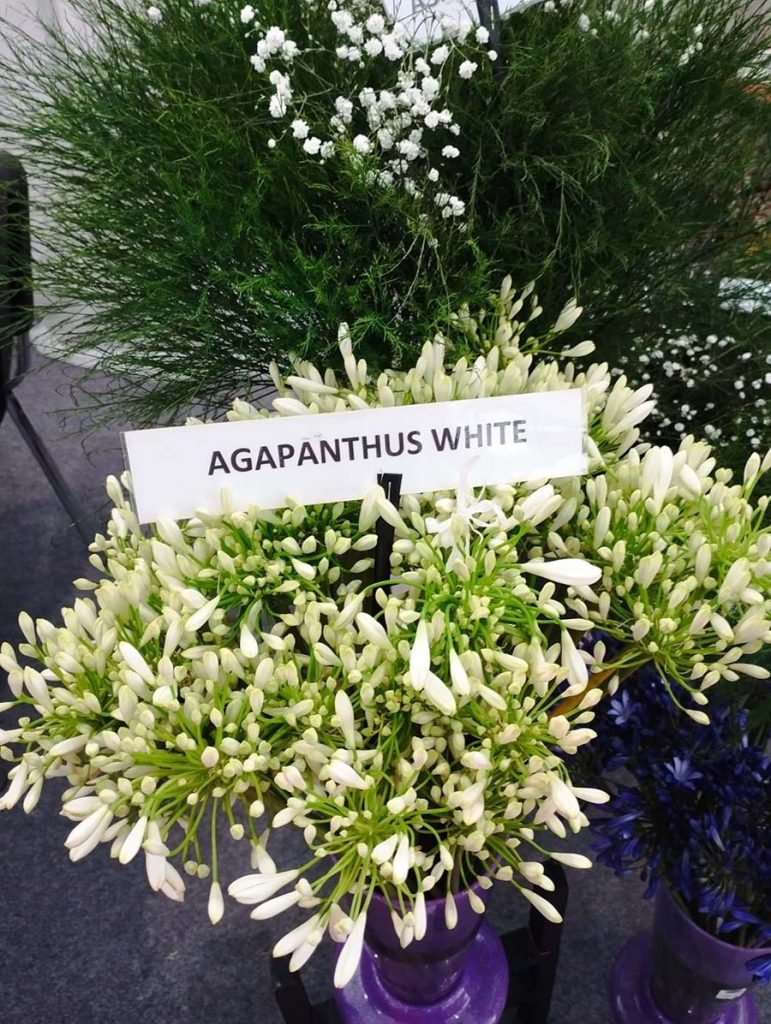
Walk into any flower farm in Kenya or step into a florist’s shop, and you’ll quickly notice that not every stem on display is a rose, lily, or carnation. Some of the most important stems are the ones that rarely get mentioned: the fillers and foliage that complete the bouquet. These greens and delicate stems might not draw attention on their own, but without them, even the most expensive flowers would look incomplete.
Over the past few years, fillers and foliage have quietly become a significant part of Kenya’s floriculture export story. While roses still dominate exports, the demand for greenery, from leather leaf fern and eucalyptus to gypsophila and ruscus, among others, has been rising steadily in key markets like Europe, the Middle East, and Asia.


Exporters say that fillers and foliage have evolved from being supporting items in mixed boxes to becoming valuable standalone products. Some growers, particularly smallholder farmers, are increasingly focusing solely on these non-rose varieties due to their perceived profitability, consistent demand, and lower production costs compared to high-value, high-maintenance crops like roses.
Unlike flowers that depend heavily on festive peaks, foliage is used year-round. Many international buyers also prefer Kenyan greens because of their quality and long vase life, thanks to the country’s favourable altitude and climate.


Sustainability and Low Waste
Another advantage is sustainability. Fillers and foliage often require fewer chemical inputs and less water compared to flowers. Eucalyptus, for instance, grows well under semi-arid conditions and can be harvested multiple times from the same plant. Similarly, leather leaf fern thrives under shade, making it a good fit for intercropping systems.
Many farms growing fillers use integrated pest management (IPM) and organic fertilizers. Since most greens are hardy plants, they are less prone to pests and diseases, which helps cut down on pesticide use. That translates to lower costs and a smaller carbon footprint, something more buyers are now paying attention to.
Some farms are even exploring full circular systems, where foliage waste is composted and reused on-site. Others have started drying or preserving foliage to tap into the growing global market for everlasting flowers and greenery, a trend that took off during the pandemic and has stayed strong ever since.
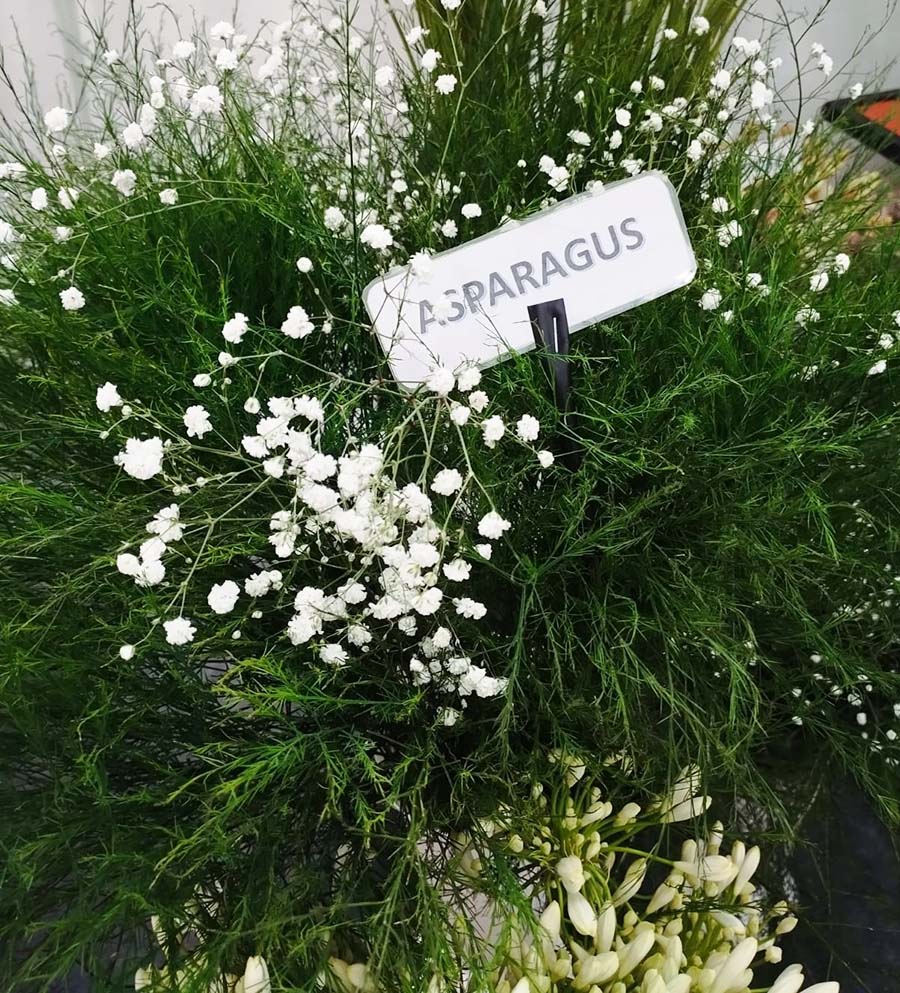
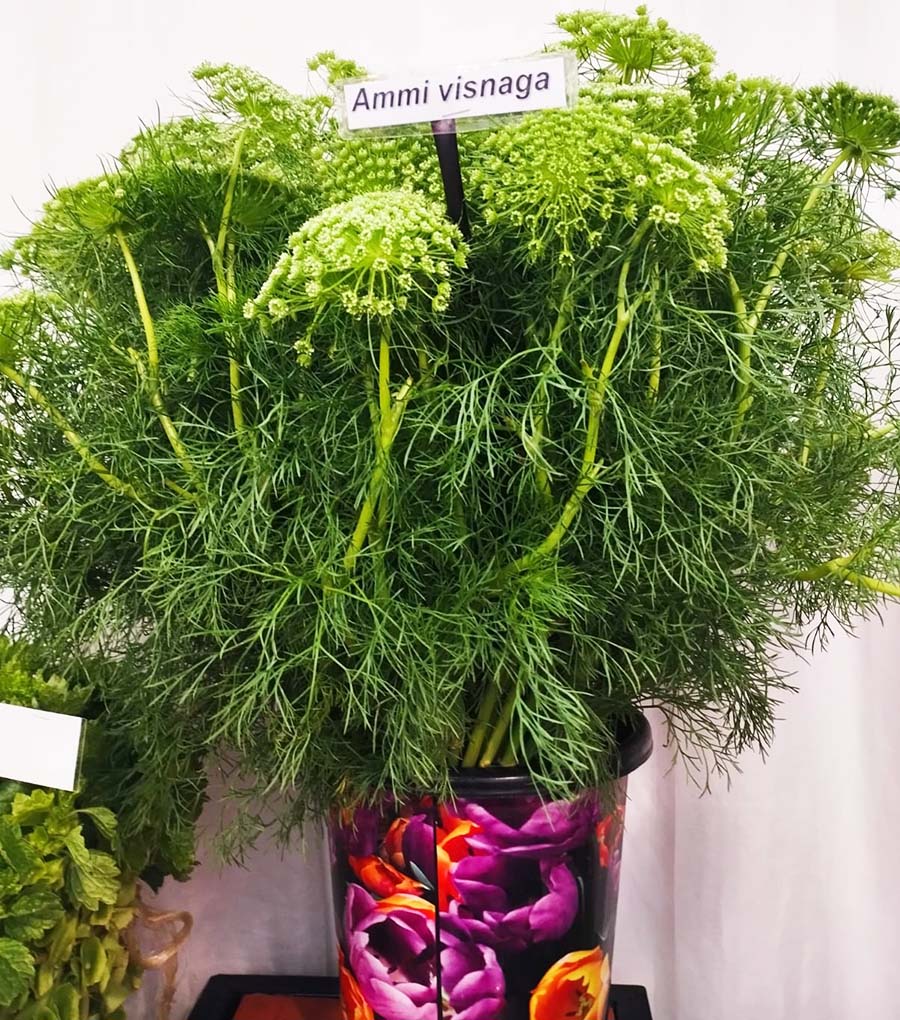
Design and Aesthetics
In floral design, fillers and foliage are what bring everything together. They give structure, texture, and contrast, turning a bunch of stems into an arrangement. Gypsophila, commonly known as baby’s breath, though a summer flower that is primarily used as a filler flower or foliage substitute in floral arrangements, is one of the most versatile examples. Once used mainly as a wedding decoration, it has now become a star in its own right, appearing in monochrome bunches and dyed in striking colors for modern bouquets.
Eucalyptus, on the other hand, has become a global favourite. Its silvery-green hue and soft scent make it ideal for both fresh and dried arrangements. Kenyan farms grow several varieties, each with its own unique shape and tone.
According to the Kenya Flower Council, foliage and fillers make up a growing share of the country’s total floriculture exports, though roses still account for over 70%. Several farms are now looking to diversify into fillers as part of risk management and sustainability strategies.
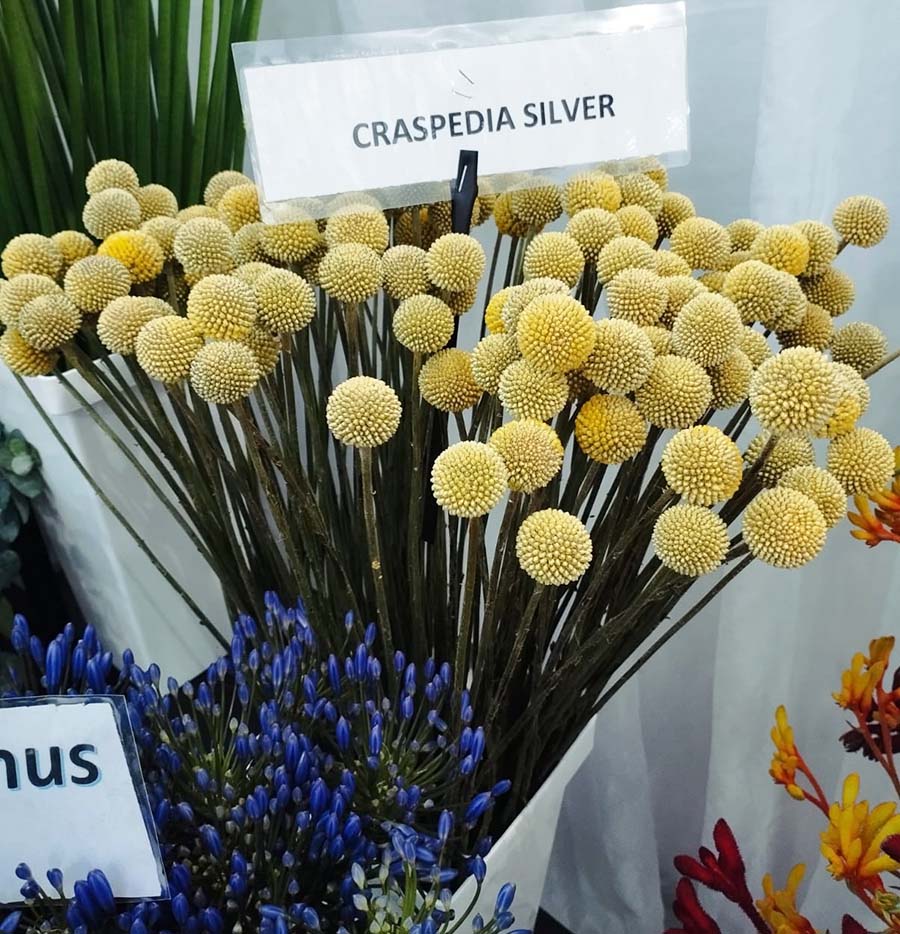

The costs of establishing a foliage block are relatively low compared to flowers. Most foliage plants have longer harvest cycles and can remain productive for years. That means fewer replanting costs and more stable cash flow, something that small and medium-scale growers find attractive.
Internationally, the demand for natural and rustic designs is helping boost the foliage market. Florists in Europe and North America are using more greens to create organic-looking arrangements that match the current preference for simplicity and sustainability.
Still, the sector faces challenges. Unlike roses, which benefit from established marketing channels and auction systems, fillers and foliage depend heavily on direct buyer relationships. Prices can vary widely depending on season, variety, and buyer location. Logistics also remain a concern, as foliage is just as perishable as flowers and requires cold storage and careful handling.
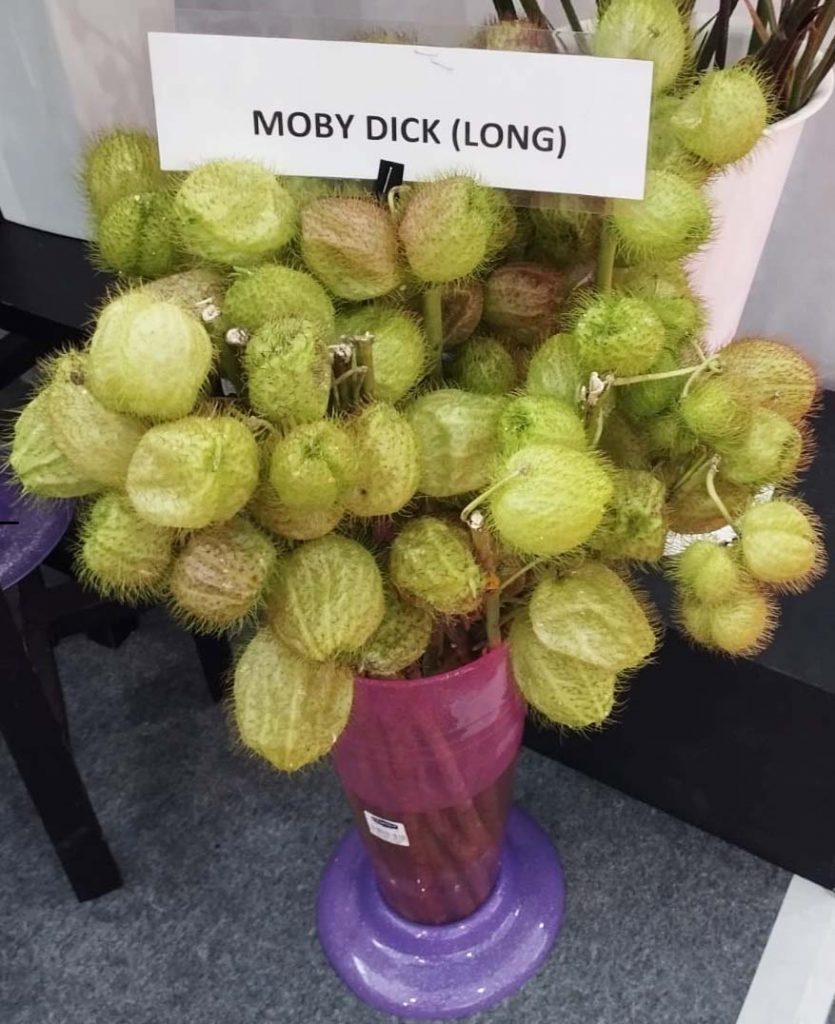
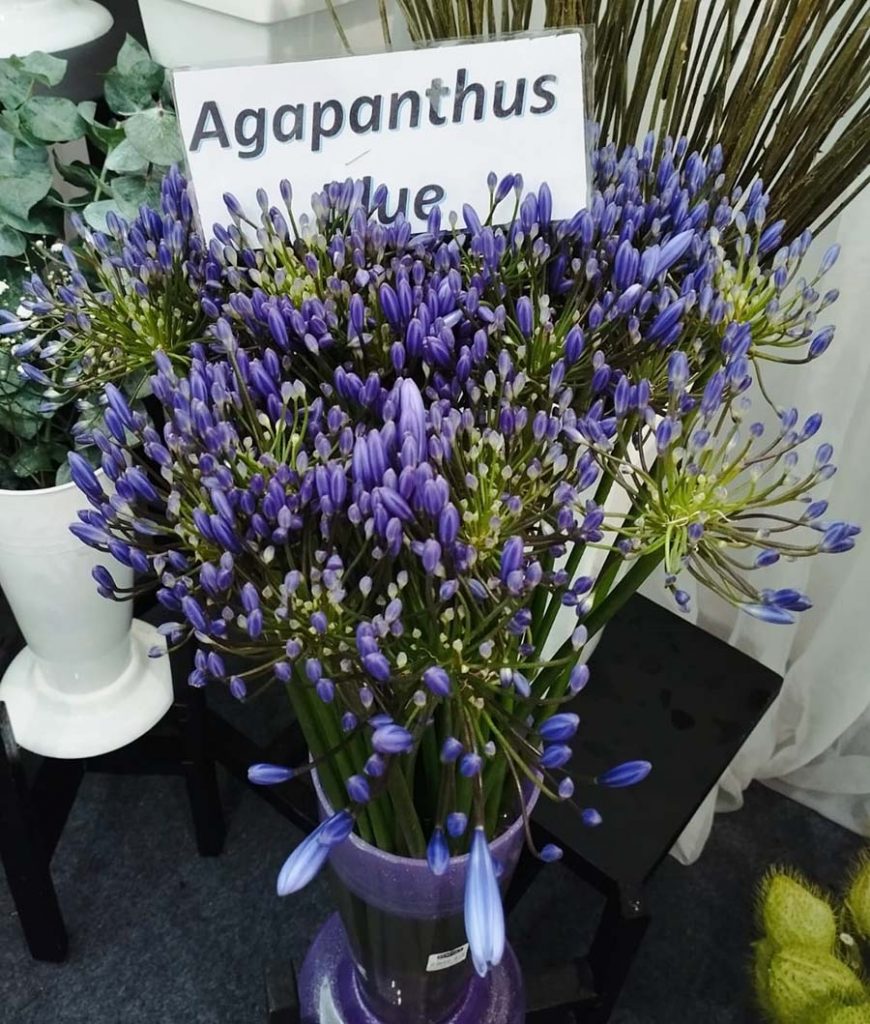
There’s also a gap in research and development. Most foliage growers rely on imported planting material and have limited access to new varieties. Industry experts say more investment in breeding, post-harvest research, and market intelligence would help growers tap the full potential of the segment.
In conclusion, fillers and foliage are what give Kenya’s floral exports their character. They might not headline a catalogue or fetch the same prices as premium roses, but they make every bouquet look complete.
